Lebanon’s appeal goes beyond its beautiful landscapes. It is a country steeped in history and heritage. Here, Elissar Baalbaki Eid, head of the TourGuides Syndicate, tells us more about the country’s five UNESCO World Heritage Sites.
Lebanon has been inhabited since prehistoric times. Being entrenched in the 1975-1990 civil war and having major sites to protect for the future generations, the Lebanese state parties linked to culture and archaeology selected Tyre, Byblos, Baalbek and Anjar to present to the UNESCO World Heritage Committee hoping to meet at least one of the ten criteria to be part of the world heritage list. In 1984, these cities met UNESCO’s committee standards and were added.
It was only in 1998 that Wadi Qadisha (the Holy Valley) and the Forest of the Cedars of God (Arz el-Rab) joined the list.
Tyre
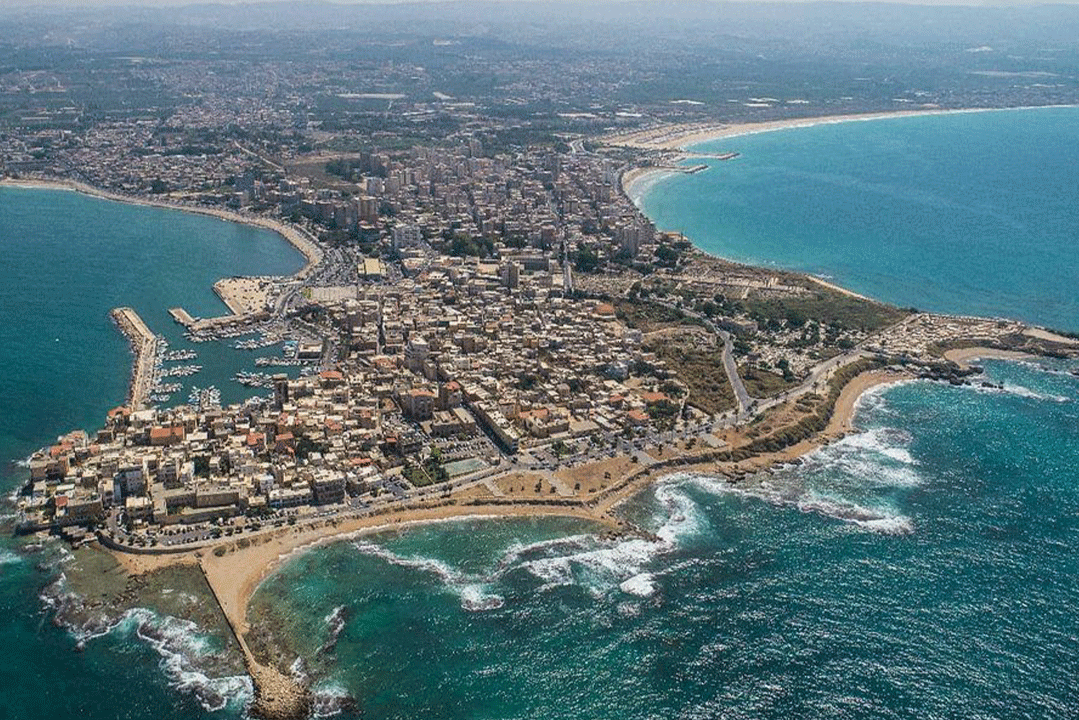
Photo – Hamza Bazzoun
Tyre is the mother of the sea and founder of two outstanding universal value colonies: Cadiz and Carthage. Tyre created a very important trade route around the Mediterranean coasts, enriching the metropolis’ warehouses with goods and raw materials and making the merchants the most powerful political decision makers of their times.
Adding to it the legend of universal significance which was Cadmos, who introduced the Phoenician alphabet to the Greek world and who found the city of Thebes, while his sister, Europe, gave her name to an entire continent.
Furthermore, is important to remember that Tyre is also home to the beautiful legend of Melkart and Tyrus, who discovered purple dye. Until today, the color purple is synonymous with Tyre.
Byblos
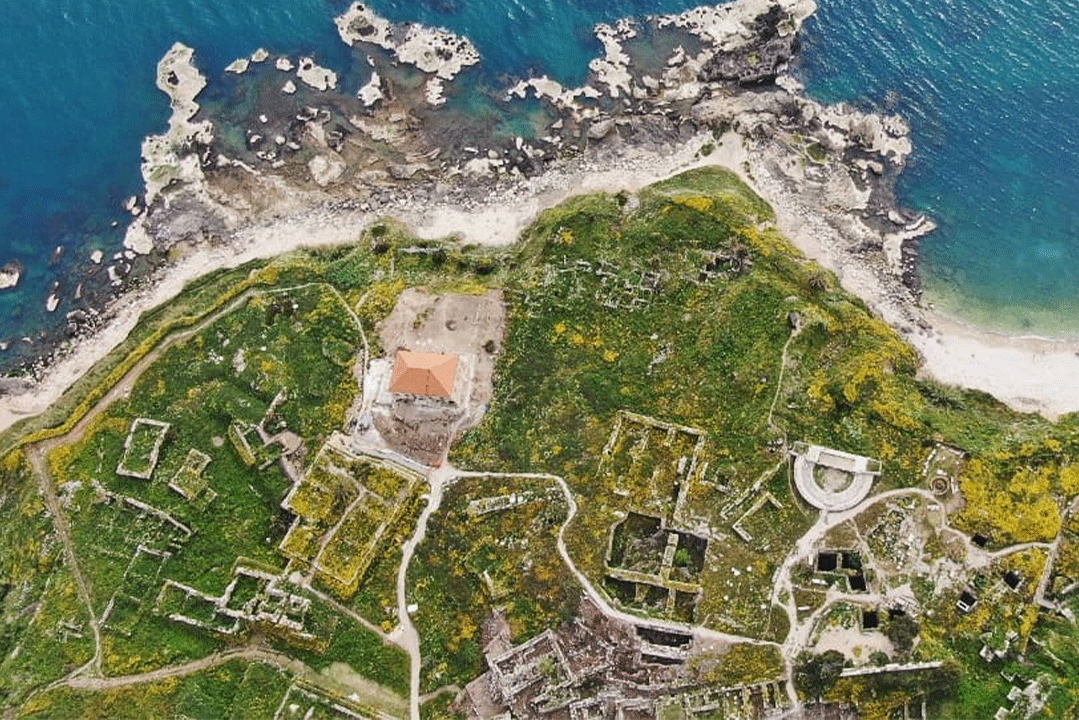
Photo – Sariah Abi Chaker
Byblos was the home of Phoenician civilization. It was built on a Bronze Age urban settlement, an example of the continuous occupation of the Eastern part of the Mediterranean world.
From its seashore, the Phoenician phonetic alphabet sailed and reached the world, giving birth to modern alphabets such as Greek, Latin and Arabic.
Baalbek
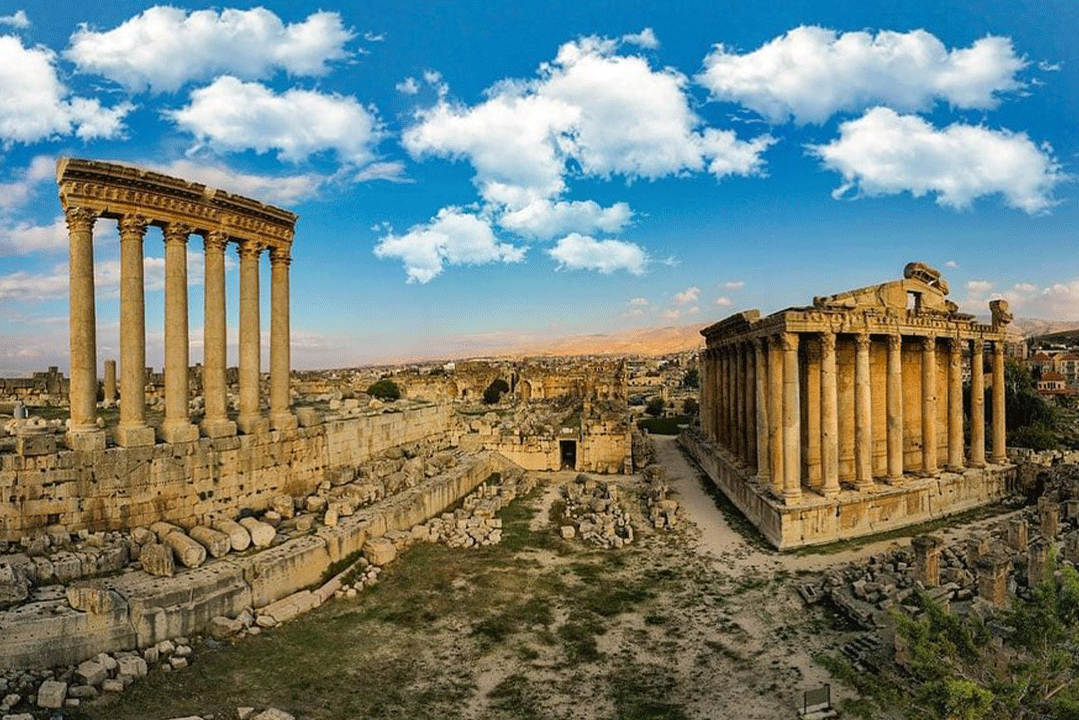
Photo – Kameel Rayes
Baalbek is unique in showcasing creative genius, combining a new style which portrays Phoenician religious artistic traditions under Greco-Roman influence.
Anjar
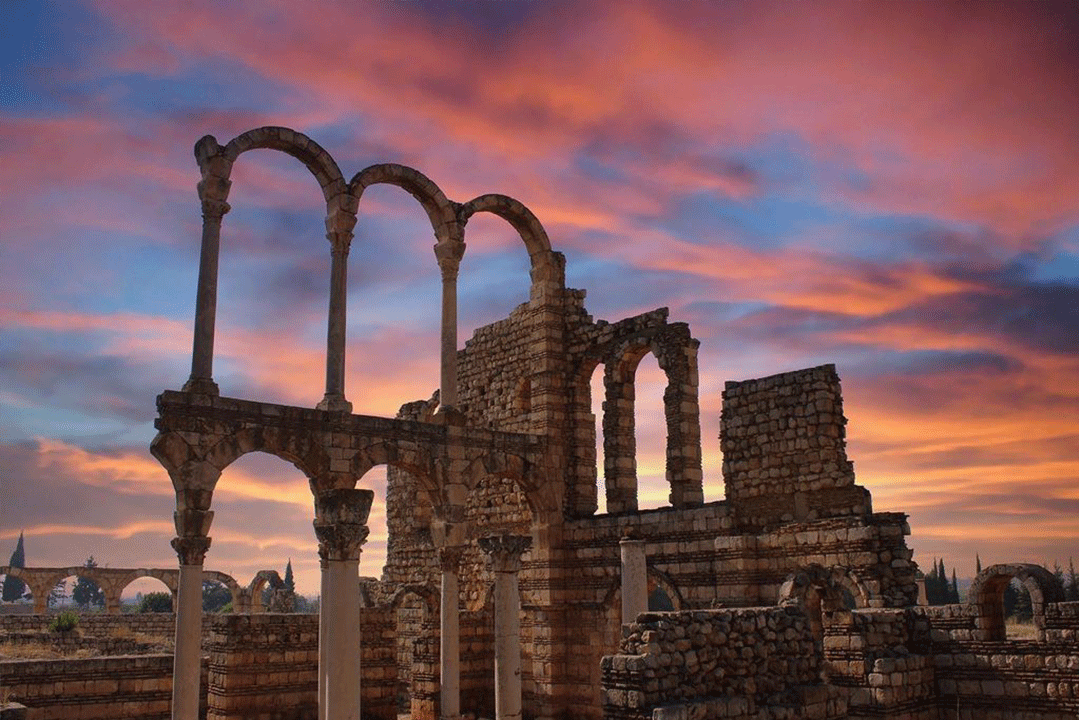
Photo – Moe Ibrik
Anjar was founded by Walid Ibn Abd Al Malak in the 8th century.
The incredible site perfectly exemplifies city planning under the Umayyad civilization, the first Islamic dynasty ruling from Damascus. The city was abandoned after a short period and was discovered again in the middle of the twentieth century.
Wadi Qadisha and the Forest of the Cedars of God
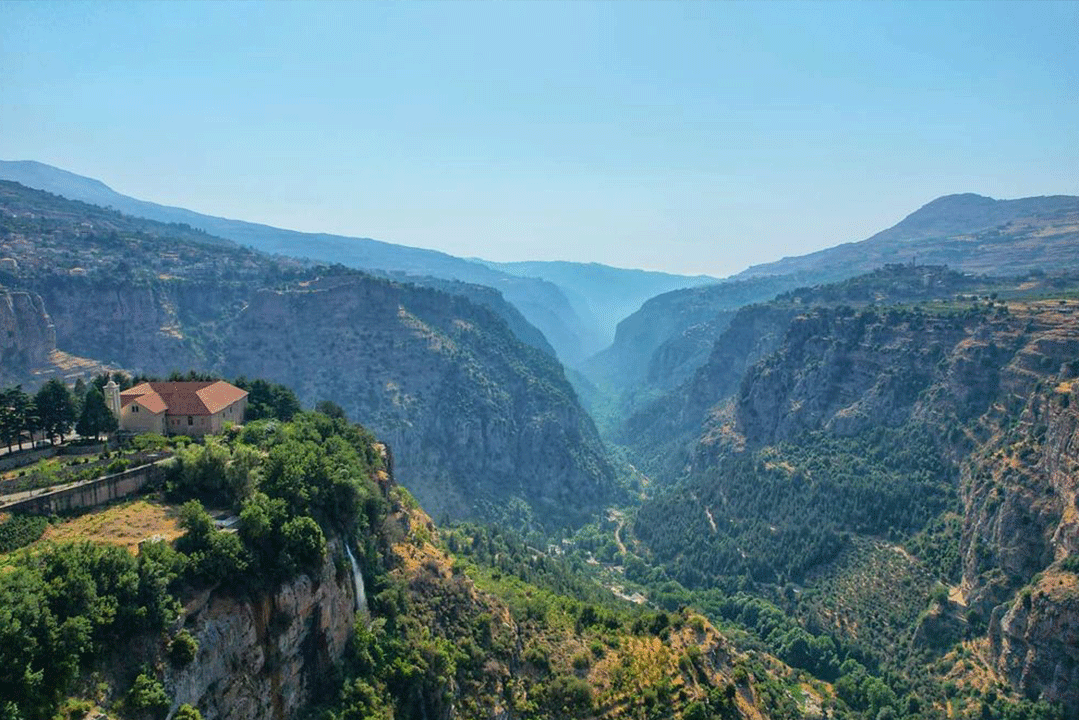
Photo – Joe Nouhra
Wadi Qadisha (the Holy Valley) and the Forest of the Cedars of God (Arz el-Rab) are the most important early Christian monastic settlements in the world.
The land of liberty in Lebanon welcomed all persecuted ethnic groups since the dawn of time.
High up in the mountains, natural grottos and caves were transformed into churches, monasteries and hermitages.
The Cedars of God were important in the building of ships, temples and palaces in ancient times. Until today, the area is the stronghold of the Christian faith, with hermits living deep in valley.
Article in collaboration with Elissar Baalbaki Eid.
Loading
